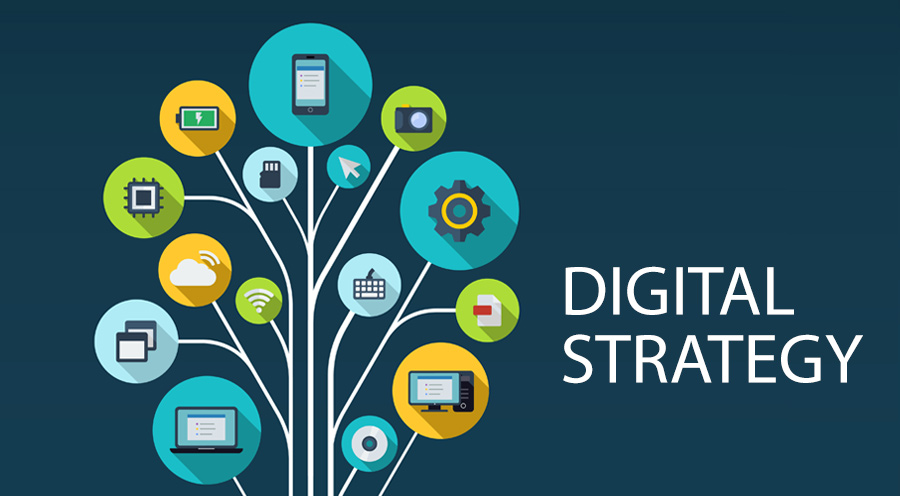Fifteen years ago, the music industry looked very different than it looks today. Back then, we were probably wondering what major record labels were doing in their board rooms. Now, those traditional business models are entirely disrupted by the internet. Today, it’s Spotify and other major streaming companies that are dictating the pace of innovation and change within the music sector. “Traditional” industry boundaries are not self-evident anymore. Does the rise of industry 4.0 require a new digital strategy tool?
The digital age has disrupted many industries. In an earlier blog, I described how the rise of IoT blurs industry lines within the healthcare industry. Besides this, there are many other examples available that demonstrate how industry boundaries are getting broken (think of the intersection of banking and technology). Does the notion of working in one industry still even exist?
I think that all the students within the BIM programme (or any other business programme for that matter) are familiar with Porter’s Five Forces model. This strategic tool starts off with mapping out the industry and assesses whether barriers are needed to stop rivals from entering that industry (Porter, 2015). However, does thinking about industry boundaries still make sense in the digital age? Increasingly more, we see that industry boundaries are becoming blurred (Atluri, Dietz and Henke, 2017). The new industrial revolution, industry 4.0, relies on the connectedness between people and devices. Through your smartphone, you have access to your smart car, your health status, and even your fridge (as a figure of speech).
I wonder, how relevant is Porter’s tool in the current age of everything being connected to one and another. Are business managers in need of a new strategic tool that supports them in their digital strategy?
Most products used to be described as vertical (Henfridsson et al. 2018). Take a car, for example. The value of a car is created by combining all the different parts that are needed for the car to work. Car manufactures compete with other manufacturers in the same industry, based on price, engine qualities, or other attributes.
However, in the digital world, value is not created vertically, but horizontally through companies cutting across industry boundaries (Henfridsson et al. 2018). For example, car buyers nowadays value whether their new car is able to integrate with their Google Assistant (i.e. Google Home). So now, car manufacturers don’t just worry about their direct competitors; they’re also wondering what happens in the headquarters of Google.

According to Henfridsson (2018), creating value through connections is how to prosper in the digital world. That involves actively leaving products open, not building barriers. This is because digital products or services can be recombined with other resources to make a new service, which, in turn, creates new value. For example, the combination of musicians, the internet, and the smart use of algorithms has contributed to the creation of the digital platform we know as Spotify.
Another example is Google Maps. Maps has been embedded in around 2,400 other services, thanks to its open API (Henfridsson et al. 2018). And not by building a barrier around it… How does this look like? Take the app Runkeeper. It uses the API from Apple Maps to create new value for users, namely: tracking their run.
Henfridsson et al. (2018) have created the value spaces framework as a new strategy tool for the digital age. If you’re interested in this topic, I recommend you to read this article in more depth!
What do you think: does the digital age require a new strategic tool? Is Porter still relevant within industry 4.0? Leave your thoughts in the comment box below!
References
Atluri, V., Dietz, M. and Henke, N. (2017). Competing in a world of sectors without borders. [online] McKinsey & Company. Available at: https://www.mckinsey.com/business-functions/mckinsey-analytics/our-insights/competing-in-a-world-of-sectors-without-borders [Accessed 4 Oct. 2019].
Henfridsson, O., Nandhakumar, J., Scarbrough, H. and Panourgias, N. (2018). Recombination in the open-ended value landscape of digital innovation. Information and Organization, 28(2), pp.89–100.
Porter, M.E. (2015). How Competitive Forces Shape Strategy. [online] Harvard Business Review. Available at: https://hbr.org/1979/03/how-competitive-forces-shape-strategy [Accessed 4 Oct. 2020].



